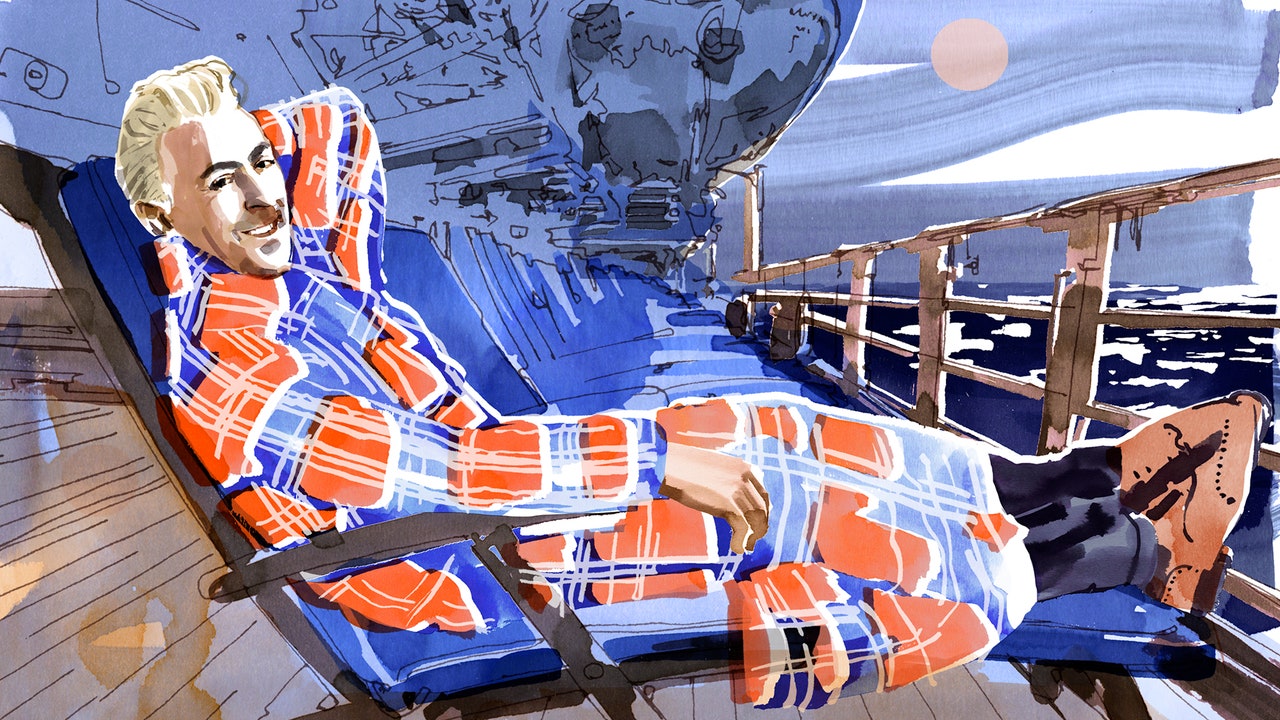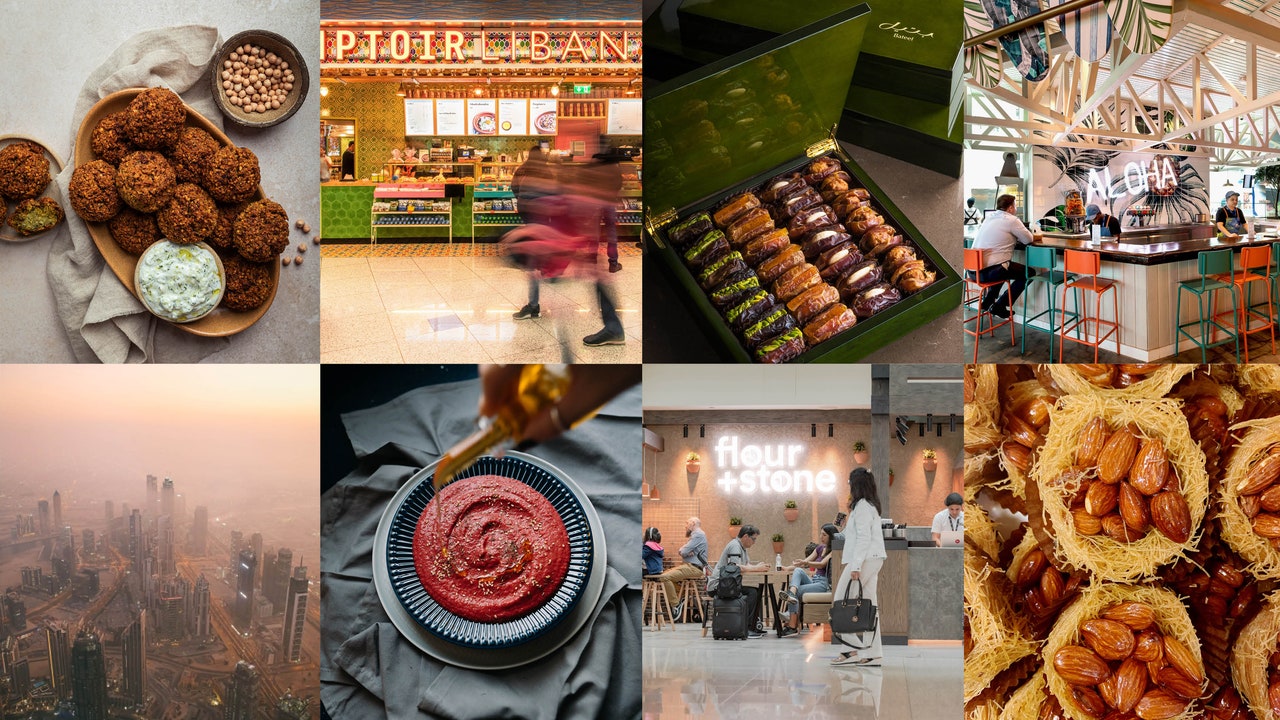At Ol Pejeta, a private conservancy in Kenya where lions and cheetah roam, the Ugandan Ankole cows look a little out of place. It would be easy to think they had wandered away from a nearby village, destined to become unlucky prey for the big game animals. But actually, the cows are supposed to be here: They create biodiversity hot spots for other herbivores by stripping the grass, and they function within a beef enterprise that generates a supplementary source of revenue for Ol Pejeta—money that ultimately goes back into conservation of the land and wildlife.
Ol Pejeta uses its land for both ecotourism and ranching, a mixed-use, holistic approach to conserving wilderness areas in East Africa. It is one of the innovative ways that safari lands have been diversifying their revenue to ensure that the environment is protected. As natural assets shrink due to growing human populations and deforestation, ecotourism leaders are seeking sustainable solutions that help landscapes thrive while benefiting local communities and wildlife.
“What if we change the narrative of conservation?” asks Sue Snyman, director of research at the African Leadership University. Snyman argues that the current Western view of conservation supposes that people and wildlife must be protected from one another, that ecotourism can happen only in “untouched” environments and not on land used for other trades, like ranching and timber. “Conservation must not be about excluding people but about including them,” she says. This is the only way to create a holistic wildlife economy that extends beyond just sightseeing in places traditionally reserved for safari-led conservation. Ol Pejeta’s integrated land-use system is pioneering, but it’s not a new concept. The Maasai in Kenya have been grazing their cattle alongside lions and elephants for centuries. Moses Nampaso does the same at Mattikoko, his tented camp on the Lemek Conservancy, north of the Maasai Mara National Reserve. Like at Ol Pejeta, he uses his land for tourism as well as cattle. His 50 cows graze in the conservancy during the day, then are corralled at night. “This coexistence is better for cattle and wildlife,” he says.
A third, increasingly popular option for property owners is to lease portions of their land, particularly sections on the periphery of sought-after wildlife areas, to tourism partners. It’s mutually beneficial: Landowners generate income without solely needing to sustain agricultural businesses, a fickle endeavor in certain parts of Kenya. Habitats and wildlife flourish. Tourists get to see lions. And employment opportunities surge—tourism in Kenya provides employment for 1.6 million people. These types of leases began in the 1990s; the Mara North Conservancy, established in 2009, is a prominent example, looking after 74,000 acres near the Maasai Mara National Reserve.














Leave a Reply